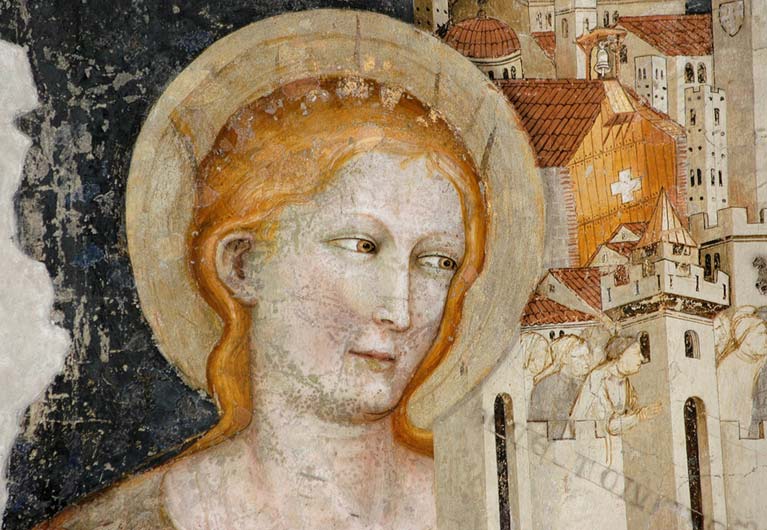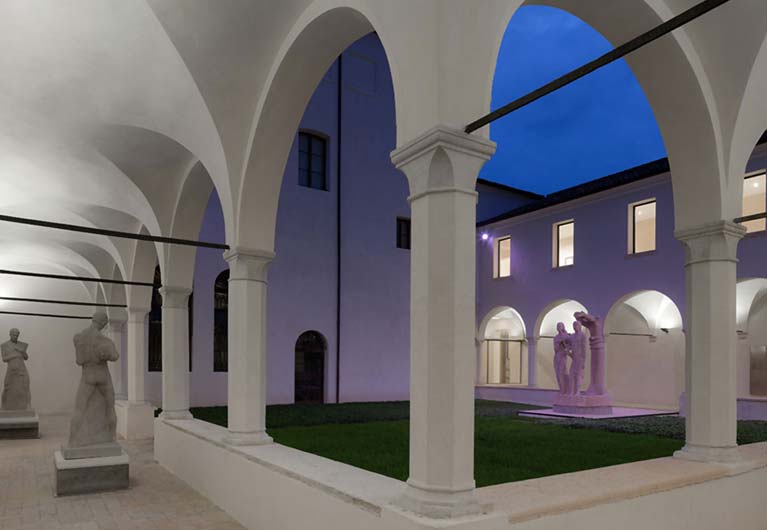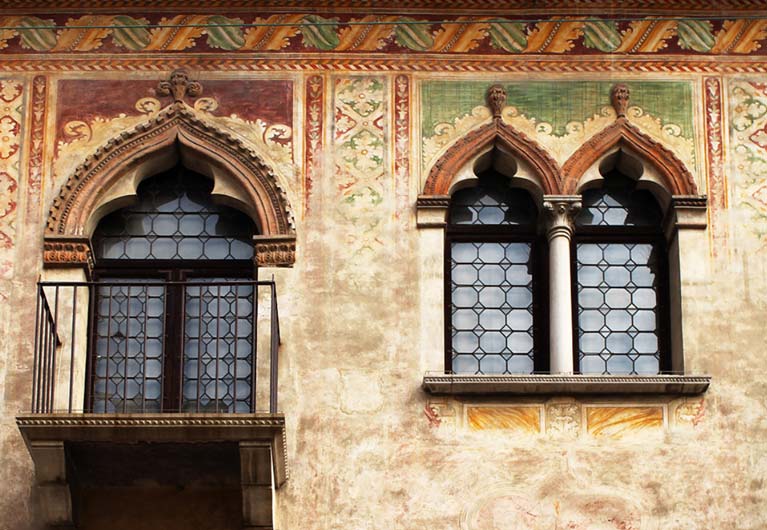A logical conclusion for a city renowned for its quietly spoken elegance, the museums of Treviso provide a comprehensive overview of the imposing historical and cultural heritage of the Marca area, closing the circle on a place where art and the desire for a living a fulfilled and insightful life have always been key.
A walk along the city-centre canals -- catching an unexpected glimpse every now and then of the centuries-old watermills, now at rest, but gently creaking now and again -- or around the tree-lined city walls, not to mention savouring the many local delicacies: these are just some of the ways to enjoy the delights of Treviso. To get a more in-depth view, though, a visit to the city’s museums are a must.
These hidden gems, tell us, through the work of internationally renowned artists, about the extraordinary cultural treasure-house that is Treviso, as well as the surrounding area, known as the Marca
Our tour of the city begins in the centre, the Museo Civico di Santa Caterina, or the City Museum of Santa Caterina.
Crafted from the buildings that made up a beautiful old monastery, Treviso’s Santa Caterina Museum provides a home for the city’s collections of ancient art, spanning the Bronze Age through to the Renaissance. Now deconsecrated//, the church, in Gothic style, features the spectacular frescoes by Tomaso da Modena entitled the “Ciclo di Sant’Orsola”//, while the art gallery houses many major masterpieces of Italian art from the fifteenth to the eighteenth centuries, the artists including Lorenzo Lotto, Gentile da Fabriano, Giovanni Bellini, Tiziano Vecellio (known in English as Titian), Francesco Guardi, and Tiepolo, the one more compelling than the other.
Not to be missed is the extensive archaeological collection, which provides a glimpse of how people lived in this area from the Bronze Age through to Roman times.
The next stage of our visit to Treviso takes us, via the main street, called Il Calmaggiore (its official name is Via Calmaggiore!), to the Museo Luigi Bailo, (1835-1932), who founded and was the first director of the City Museum of Treviso. Restored in 2015, the museum features nineteenth- and twentieth-century Italian art, the highlights being the largest collection worldwide of the work of the sculptor Arturo Martini, a native son, as well as the works of his friend Gino Rossi, a leading name in Italian modern art.
We now move on to the lively Ca’ da Noal - Casa Robegan, where temporary exhibitions are held. This medieval complex bears witness to the dynamic entrepreneurial spirit of Treviso. In addition to the temporary art exhibitions, a powerful symbol of the city’s attention to cultural activities, the gardens of Ca’ da Noal - Casa Robegan are used for events of various kinds, designed not only to attract the local population but also the many visitors to the city, inducing them to stop awhile and enjoy Treviso’s signature features: a blend of culture, art, and friendly faces.







